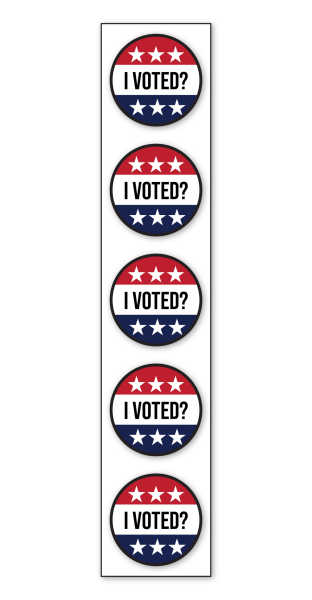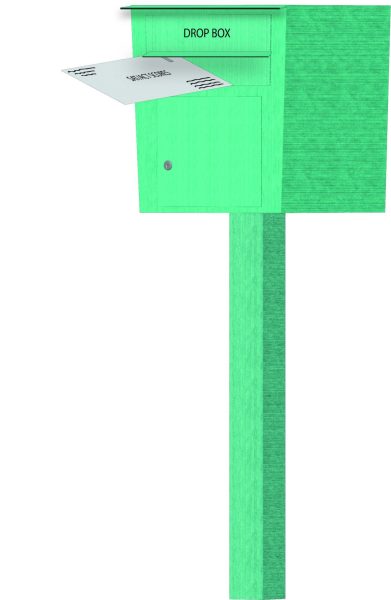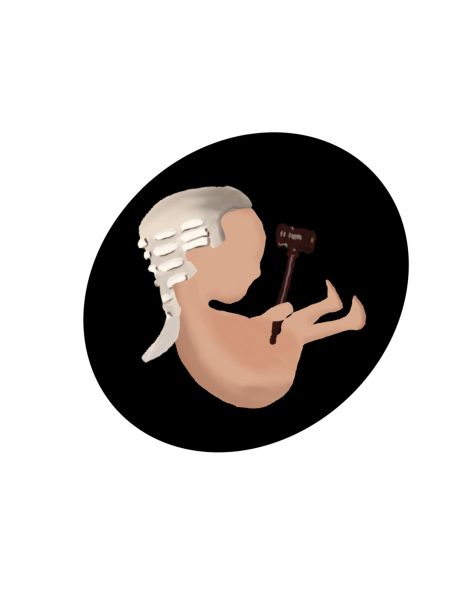Blackboard: the black hole that is swallowing college education
November 13, 2020
If you’re a UTSA student, then you probably share my disdain for Blackboard Learn. According to a Blackboard report in April, Learning Management System (LMS) usage increased 400% for Learn LMS and 3,600% for Collaborate Virtual Classroom (synchronous video). This means more people than ever before are experiencing the horror that is Blackboard learning software. Blackboard went from being a tool UTSA students sometimes referenced to the primary platform we use to receive our entire education. The weight of that transition has certainly been felt by both students and professors alike, raising the question, “Is Blackboard good enough to meet this moment?” I would certainly argue it is not. There are myriad issues with Blackboard from its repeated outages to its breakdown in functionality to the complexity of its endless pages and features, all resulting in a less than optimal education quality.
Blackboard is clunky and unusable. First off, Blackboard looks like it was made by a sixth grader creating their first Weebly page. You open the program on your laptop and your home screen looks like what can only be described as a cluttered array of virtual post-it notes. The homepage has so many tabs, the majority of which you’ll probably never use. For instance, the “To Do” function located on the homepage and on most classes’ main pages remains largely unused and essentially serves as a failed attempt to dupe a far superior Microsoft outlook feature.
Blackboard’s main offense is their mobile app, which is virtually unusable. Blackboard requires you to log in every single time you attempt to open the mobile app. Even worse, the app occasionally decides to boot users off while they are actively using the app.
Beyond the basic dysfunctional features of Blackboard, the learning software is sometimes completely inaccessible. Some students have reported not being able to submit assignments in their classes while others have reported not being able to access professor lectures. Not to mention, all professors will tell you to not email them through Blackboard, as they will not receive the email. Being able to access class lectures, submit class content and email a professor are basic utilization features that any learning software should be able to provide, yet Blackboard can do none of the above with accuracy and consistency.
The solution to all of these problems is simple: look for an alternative. There are plenty of other products out there for virtual learning management, and the challenges of switching to a new platform are rather low for students since we can navigate any website rather easily. One potential alternative learning software which appears viable is Canvas. Canvas is utilized in a vast array of schools including community colleges such as Alamo Colleges to all the Ivy League schools excluding Princeton.
Since UTSA is largely a transient school predominantly receiving students from Alamo Colleges, it seems only rational that UTSA switch to Canvas to create uniformity. Canvas has an app that is easy to use and does not force students to sign in every time they use the mobile app, an email system that is actually functional and overall features that are modern. If there’s ever been a case to switch virtual learning platforms, this semester has made it abundantly clear.













Cindy • Dec 7, 2020 at 5:59 pm
Great job Jaida